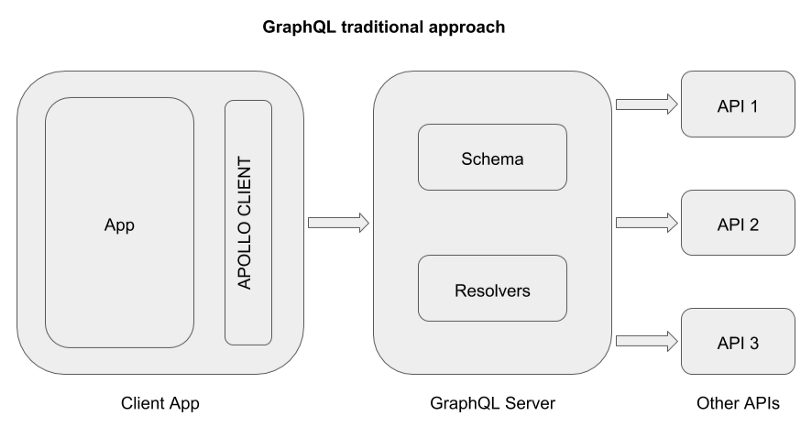
(I my case removing the validation was totally fine. To avoid the the leaked metadata error, I overrode UpdateEntityBase::resolve in my custom mutation: The web used to be server-centric in that web content management systems managed data and turned it into HTML responses. We compare REST, JSON:API and GraphQL three different web services implementations based on request efficiency, operational simplicity, API discoverability, and more. ViewsSelection::validateReferenceableEntities executes the selection handler view Headless CMS: REST vs JSON:API vs GraphQL.the ER field uses views as the selection handler (which is used for the field validation).user account entity has an entity reference field.UpdateEntityBase::resolve calls $entity->validate().Then execute the mutation (or whatever action that triggered the error). To debug the leaked metadata error: set a breakpoint in Renderer::doRender on this line. Next.js for Drupal has everything you need to build a next-generation front-end for your Drupal site.
#DRUPAL GRAPHQL CACHING PATCH#
So I removed the patch and started to investigate the original issue.

This happens on POST requests as well, but #2663638 patch disables wrapControllerExecutionInRenderContext for POST requests. The error was happening because OverviewTerms::buildForm renders some data. This would be another reason why one might choose not to use id as the globally unique field.LogicException: Render context is empty, because render() was called outside of a renderRoot() or renderPlain() call. Oftentimes, this would be as simple as combining the type of the object (queried with _typename) with some type-unique identifier.Īdditionally, if replacing an existing API with a GraphQL API, it may be confusing if all of the fields in GraphQL are the same except id, which changed to be globally unique. While having the server derive that ID simplifies the client, the client can also derive the identifier.
#DRUPAL GRAPHQL CACHING UPDATE#
The really critical functionality that the client needs is the ability to derive a globally unique identifier for their caching. MAJOR UPDATE - Drupal 10 compatibility for 3.x The 'graphql-php' library has been updated to one of the latest versions, making it compatible with PHP8. While globally unique IDs have proven to be a powerful pattern in the past, they are not the only pattern that can be used, nor are they right for every situation.

GraphQL clients can continue to rely on a consistent mechanism for getting a globally unique ID.In these cases, the GraphQL API can expose the previous API's IDs in a separate field.

For example, if our existing API accepted a type-specific ID, but our GraphQL API uses globally unique IDs, then using both at once can be tricky. One concern with using the id field for this purpose is how a client using the GraphQL API would work with existing APIs. Optionally, this ID can then be used to work with the Global Object Identification's node pattern. Oftentimes, that's as simple as appending the name of the type to the ID and using that as the identifier the server might then make that ID opaque by base64-encoding it. If the backend uses something like UUIDs for identifiers, then exposing this globally unique ID may be very straightforward! If the backend doesn't have a globally unique ID for every object already, the GraphQL layer might have to construct this. The latest alpha release of the Drupal 8 module in the version 8.x-4 offers a capability for Drupal modules to extend the schema with a plugin. In the same way that the URLs of a resource-based API provided a globally unique key, the id field in this system provides a globally unique key. The Drupal GraphQL module supports all the GraphQL specifications and can be used to build and expose GraphQL schemas. This is a powerful tool to hand to client developers.


 0 kommentar(er)
0 kommentar(er)
